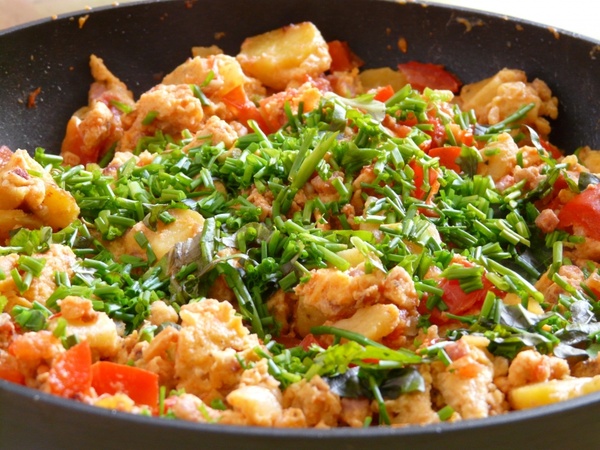
by Lorri | Jan 11, 2017 | UnCorked
Cooking with wine is one of those subjects I think we leave up to the chefs of the world to sort out. Most of us understand the basics of adding a cup or so to a recipe but over the next few months I want to delve into this subject starting with the most familiar way of integrating wine into cooking: marinating.
Marinade is made up of three essential components: oil, acid and aromatics. A wine marinade simply incorporates wine as an acid and to a lesser extent an aromatic. The idea behind a marinade is to impart flavor and tenderize. And wine does both. Wine has varying levels of acid as do most fruits. A high acid wine is generally a zesty white wine such as a sauvignon blanc or sparkling wine, while lower acid wines tend to be chardonnay or cool climate reds and whites.
When cooking with wine never use one you wouldn’t drink. If a wine tastes off in the glass, chances are it will be the same in your dish. To use leftover wine in cooking may seem economical but do not be tempted to use the dregs of stale wine. As for the “cooking wines,” they are usually harsh and thin; again, if you wouldn’t drink them you may be better off using broth.
Something else to keep in mind when selecting wine to use in a marinade (or a sauce) is the appearance of the final dish. Red wines will impart color to the finished dish. In some dishes, such as coq au vin or meurette, this is desirable. (A meurette is generally used in French cooking with pinot noir to poach eggs and fish in a red wine sauce. It dyes the eggs and fish purple and makes a glossy, dark sauce.) Unless you are using this cooking method on purpose your light color proteins will take on the purple hue of the wine, which can be unappetizing.
For those looking to avoid cooking with wine, unfortunately, there are no direct substitutes for wine in a marinade. Some recipes suggest chicken or beef stock or grape juice as substitutes, but the final results will not be the same. Grape juice is too sweet for most recipes unless it’s a fruit dessert.
And though it’s true you shouldn’t cook with a wine you wouldn’t drink, it is also true that you shouldn’t cook with your most expensive and prized wines. Even in the kitchens of the world’s most prestigious restaurants you will most likely find a bulk box wine for cooking and not a vintage Bordeaux.
THE VALUES
- 2015 Leese-Fitch (Chardonnay, Merlot, Cabernet Sauvignon, Pinot Noir), California (about $10 retail)
- 2015 The Bota Box (Chardonnay, Cabernet Sauvignon, Merlot, Sauvignon Blanc), California (about $19 retail, 3-liter box)
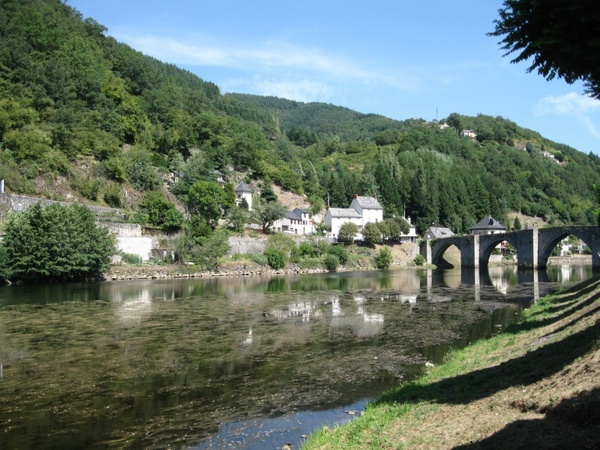
by Lorri | Jan 4, 2017 | UnCorked
France and grape vines have been entwined since Roman times. The vineyards not only produce some of the world’s greatest wines, they are also a vital part of France’s economy, culture and gastronomy. Sometimes as wine drinkers we find ourselves only buying familiar brands and we forget the distinctive expression of French wines.
Most French winemakers work by the principle of a specific place or territory known as terroir. The idea is that wine is primarily an expression of place, soil, slope and sun; the actual grape variety comes second to all of these in importance. Unlike winemakers in most other growing regions of the world, French winemakers choose a terroir and then the grape, focusing on the impact of the best of its expression.
Another unique aspect to French wines is that the quality wine system is based on appellations — carefully designated geographical zones — maintained by traditions of unique grapes and methods of cultivation and winemaking. This system is carefully and strictly regulated down to the method of watering. The end results of these regulations are distinct, local styles identifiable to the regions.
These are some of my favorite French wines.
THE VALUES
- 2014 Louis Jadot Beaujolais Villages (about $14 retail)
- 2015 Chateau Bonnet Bordeaux (about $16 retail)
- 2013 Parallele 45 Cotes du Rhone (about $15 retail)
- 2014 Les Garrigues Cotes du Rhone (about $15 retail)
- 2014 Chateau Pilet Bordeaux (about $15 retail)
- 2012 Baron de Luze Bordeaux (about $14 retail)
THE SPLURGES
- 2014 La Crele Sancerre, (about $30 retail)
- 2012 Feraud-Brunel Chateauneuf du Pape (about $45 retail)
- 2012 Chateau de Belle-vue St. Emilion (about $36 retail)
- 2012 Chateau Blaignan Bordeaux (about $21 retail)
- 2014 Chateau Greysac Medoc, (about $25 retail)
- 2015 Marc Bredif Vouvray (about $26 retail)
- 2012 Chateau Picque Caillou Pessac-Leognan (about $40 retail)
- 2015 Chateau de Sancerre (about $28 retail)
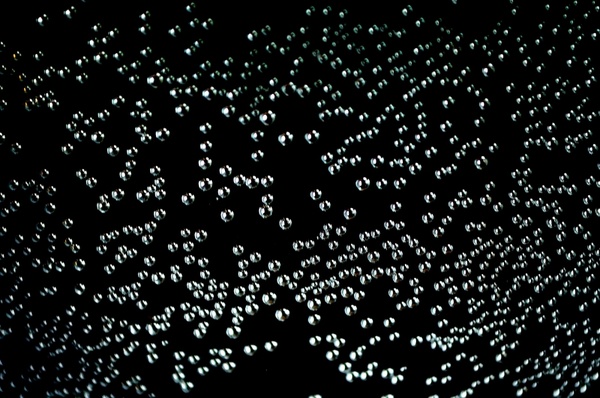
by Lorri | Dec 28, 2016 | UnCorked
It’s becoming somewhat of an inside joke among my friends to exchange tips of our trades. Of course I am one to barter wine information for thought-provoking conversations in medicine, food, agriculture, law, finance and just about all life offers. Over the past several weeks of holiday celebrations, many of the questions asked of me were about Champagne. So, with the celebratory theme sure to be a part of next week’s chats I searched out a few conversation starters involving Champagne that you may want to use.
- The pressure in a bottle of Champagne is 70 to 90 pounds per square inch. That is three times the average amount of pressure in your car tire. This is not just a notable piece of trivia but a dangerous fact to keep in mind when opening a bottle.
- Legend has it that Marilyn Monroe at least once took a bath in Champagne, using 350 bottles to fill her bathtub. That’s 262.5 liters, which would fill an average bath of 270 liters to the top. Since the average woman would displace around 50 liters of liquid it would seem either Marilyn wasted 66 or so bottles of Champagne or she was in a very big bath.
- Gout de Diamants’ Taste of Diamonds Champagne was released with a price tag of $1.8 million. The bottle was adorned with Swarovski crystals in the center of a diamond-shaped pewter design resembling a Superman logo. It was a limited edition bottle designed by Alexander Amosu and was one of the most expensive bottles of bubbly in the world.
- If you find yourself in need of instructions to build a Champagne flute cascade for your New Year’s party, here’s what you’ll need: Base level — 60 glasses, Level one — 30 glasses, Level two — 10 glasses, Level three (top) — 4 glasses.
- On average, 28,000 bottles of Champagne are served at Wimbledon each year.
- How many standard 750-mL bottles’ contents would fit in these unique bottle sizes? Nebuchadnezzar (20 bottles), Balthazar (16 bottles), Salmanazar (12 bottles) Methuselah (8 bottles) Jeroboam (4 bottles) Magnum (2 bottles)
- For my technically scientific friends: The patterns and bubbles in the glass are a vibration rate of the gas trapped at the nucleation point and the growth rate of the bubbles outside. There are actual teams of experts offering complex equations to explain this differential pattern.
And now here’s what to drink while you’re impressing your friends with your newfound Champagne trivia.
THE VALUE
- NV Lucien Albrecht Rose Cremant d’Alsace, France (about $21 retail)
THE SPLURGE
- NV Piper Heidsieck Brut Reims, France (about $40 retail)
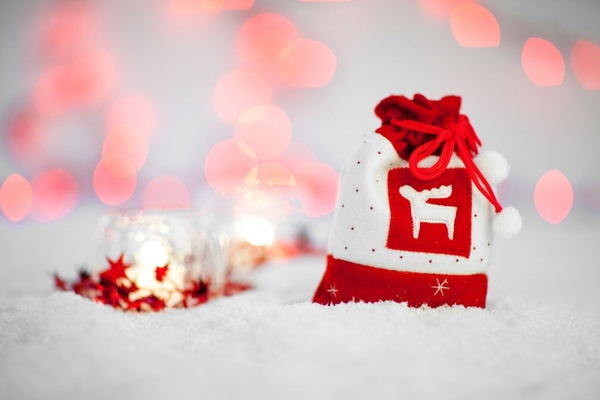
by Lorri | Dec 21, 2016 | UnCorked
The big day is just around the corner and most of us are finishing up planning for our special Christmas celebration. While some plan the holiday party specifics weeks in advance, it interests me that the selection of Christmas wine is often listed forlornly on the last page of notes. It usually is hidden with a penciled-in reminder, “Don’t forget to buy beer and wine.”
I consider the choice of wine I will be serving equal to, if not more, important than the main course of Christmas dinner. While some items like food and flowers can’t be stored in advance, wine will wait humbly in the corner until the big day, making it one of the easiest items on my holiday checklist. But wine purchases can add considerably to the budget so searching out ways to save can pay off.
By planning early, you can take advantage of wine discounts and in-store specials. Buy by the case and not the bottle. Because wines do not have a specific hurried drink-by date, buying in bulk can save you money. Many retailers will offer savings from 10 percent to 20 percent and may allow a discount on mixed assorted bottles so you don’t have to be stuck with the same wine.
Some retail stores offer savings on odd bottles of wine they are trying to move. Many times they end up in the clearance section not because of poor quality but because of torn, scratched or damaged labels. While I have found many bargains in these bins, keep in mind that you should always buy the most recent vintage. As I have preached before, wine isn’t a bargain that is past its life span.
If you’re not buying by the case, your best savings option is to take advantage of a retailer’s “wine day.” These discounts can be up to 20 percent off and apply even when buying only one or two bottles at a time.
Shop around to find the best deals. Many consumers will drive across town to save on a sweater or wait in long lines for the best deals, so be open to searching out the best wine prices.
Focus on quality for the best value. This is where buying my past “Value” wines may be your best choice. Shop for savings.
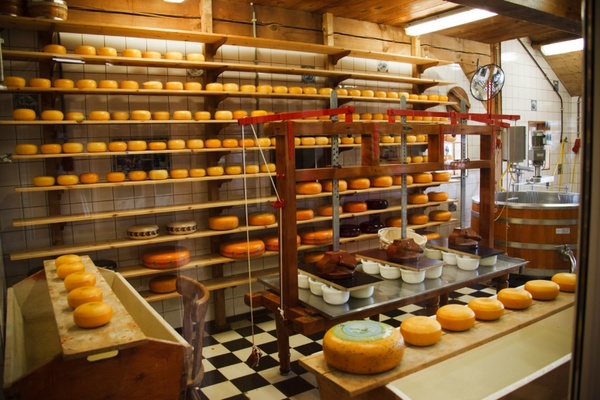
by Lorri | Dec 14, 2016 | UnCorked
When it comes to holiday entertaining, it’s hard to beat the fun and ease of a wine and cheese party. It is such an effortless gathering considering there is rarely, if any, cooking and prep time involved other than shopping and setup. How do you find perfect wine for cheese pairing?
The menu can be as simple as wine and cheese. But if you want to have more substantial food offerings, you can add crusty breads and other complementing foods such as charcuterie, olives and nuts or an array of fruits such as pears, apples and grapes.
Wine and cheese have many similar characteristics, even the language used to describe them. Fermentation, acidity, light-bodied versus full-bodied, region identity, and even the “terroir” are used to describe cheese. Cheese is deeply connected to the animal from whose milk it’s made and to the animal’s environment. A cheese made from the milk of a goat that was feeding on the juniper grasses on the hillside pastures of Corsica will have a definite “terroir,” just as red wines include flavors and aromas from eucalyptus trees growing close to the vines from which its grapes are grown.
In the past, most of us followed the time-honored rule of “pair cheese and wines that share the same home.” Italian gorgonzola with chianti and French brie with Champagne. But the rule is not as sensible when you consider what wine to pair with cheese made from the cows of Wisconsin.
It’s not that some of the rules should be disregarded. It’s just sometimes best to use them as a starting point and then let your taste buds create new rules!
Stick with reputable wine and cheese retailers to guide you on specifics while helping you stay within budget. And keep in mind that quality is better than quantity. Here are some of my favorite combinations.
Happy celebrating!
Sparkling wine and brie
THE VALUE
- NV Zonin Sparkling Wine, Italy (about $14 retail)
THE SPLURGE
- NV Gaston Chiquet Champagne, France (about $49 retail)
Sauvignon blanc and chevre goat cheese
THE VALUE
- 2015 Nobilo Sauvignon Blanc, New Zealand (about $14 retail)
THE SPLURGE
- 2015 Bell Sauvignon Blanc, California (about $16 retail)
Chardonnay and camembert
THE VALUE
- 2014 Apaltagua Chardonnay, Chile (about $11 retail)
THE SPLURGE
- 2015 Paul Hobbs Chardonnay, California (about $40 retail)
Merlot and pecorino fresca
THE VALUE
- 2014 McManisFamily Vineyards Merlot, California (about $12 retail)
THE SPLURGE
- 2014 Robert Mondavi Merlot, California (about $26 retail)
Cabernet sauvignon and aged gouda
THE VALUE
- 2014 McNab Ridge Winery Cabernet Sauvignon, California (about $15 retail)
THE SPLURGE
- 2013 Spann Cabernet Sauvignon, California (about $30 retail)
Port and Stilton
THE VALUE
- Dow’s Late BottledVintage Port, Portugal (about $25 retail)
THE SPLURGE
- Graham’s 10-Year-Old Tawny Port, Portugal (about $45 retail)
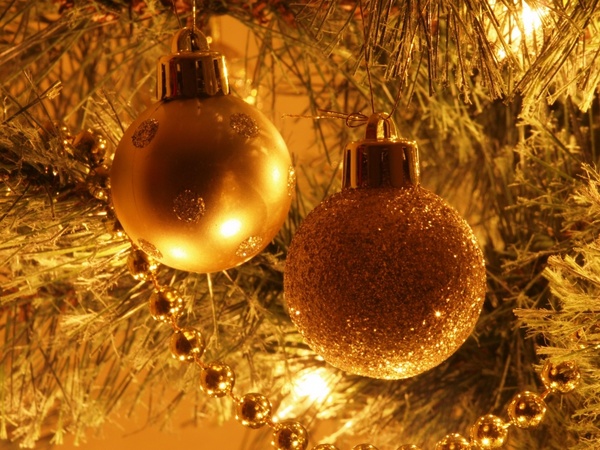
by Lorri | Dec 7, 2016 | UnCorked
For many, Christmas and Port wine are inextricably linked. A bottle of Port is a must for any wine lover’s Christmas season celebration checklist. I cannot imagine the holiday without a glass of this special wine.
Port wine takes its name from the city of Oporto, Portugal, the only location in the world able to boast the prestigious Port label. Oddly enough, the growing region of Portugal’s Douro Valley is one of the most inhospitable areas of viticulture in the world, with baking-hot summers averaging 100 degrees and subzero weather in winter. Its isolated landscape is just as uninviting, with steep hillsides, poor, dry soils and archaic-looking planting terraces. Yet, in spite of the extreme temperatures and poor terrain, the Port grapes thrive.
Port is made mainly from five authorized varieties, with Touriga Nacional (too-REE-gah na-SHUN-al) being the lead grape in the blend. This grape adds tannin and black-currant aromas. The other grapes offer their own unique attributes: Tinta Roriz gives spice; Touriga Francesa adds softness; Tinta Barraco contributes high sugar; and Tinta Cao provides bold flavor.
As much as the terroir affects the final product, the process used in making Port is also key. Just after harvest, a celebration of sorts begins with the traditional foot-treading in open-trough wine vats by families and workers of the wineries. They march, walk and dance in keeping with this winemaking tradition. This may seem a bit awkward and unappetizing, but the human foot is perfect for the task because it won’t break the pit in the grape.
Port styles range from crusted and ruby to tawny, blended from wines of different vintages made in different years and having spent time in wooden barrels; these styles are ready to drink immediately after bottling. Other styles are late-bottled vintages aged in wood and also ready to drink. Vintage and single Quinta Ports differ in that they spend minimal time in wooden barrels before being bottled for the long, slow aging process.
THE VALUE
- Graham’s 10 Year Old Tawny Port, Portugal (about $40 retail)
THE SPLURGE
- 2003 Churchill Vintage Port, Portugal (about $100 retail)





